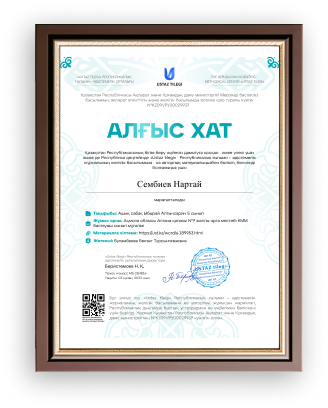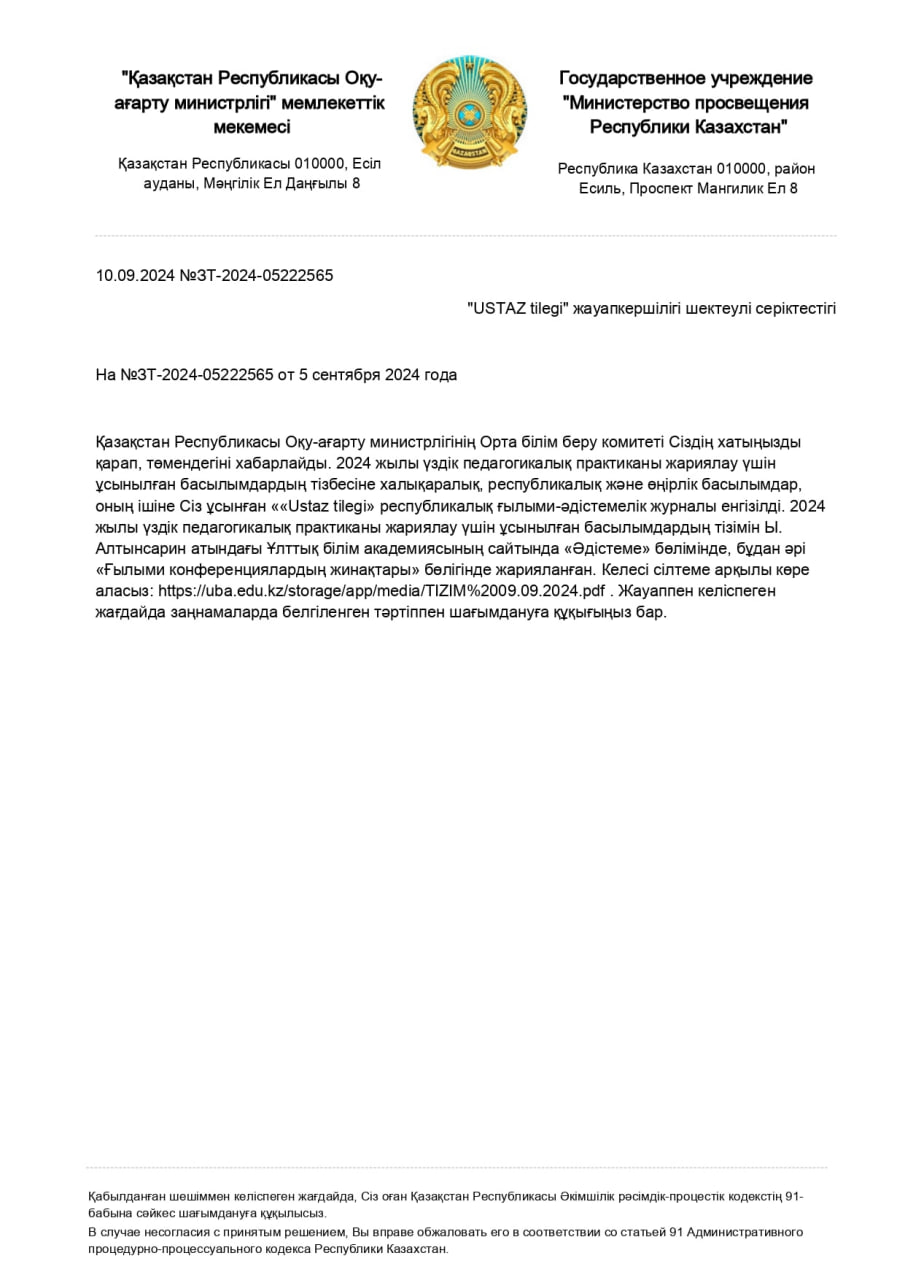Fostering Creative Thinking Through
English Lessons
In today’s rapidly changing
world, the need for creative thinkers has become more urgent than
ever. With industries evolving, technology transforming our lives,
and global challenges demanding innovative solutions, fostering
creativity in students is no longer optional—it is essential. Among
various subjects in the school curriculum, English lessons hold a
unique place in nurturing creative thinking. English is not merely
about grammar rules or vocabulary acquisition; it is a gateway to
expression, imagination, and critical thought. This article
explores how English lessons can become fertile ground for
cultivating creativity, why it matters, and how educators can make
this happen in real classrooms.
Language is inherently
creative. The ability to use words to tell stories, express
emotions, and persuade others is one of the most creative acts a
human being can perform. English, being a rich and flexible
language, offers students the tools to explore ideas in multiple
ways. Writing a poem, crafting a short story, engaging in a debate,
or analyzing a literary character all require imaginative thinking.
These are not just language skills—they are creative
acts.
Moreover, creativity in
language use is not limited to artistic expression. It also
includes problem-solving, idea generation, and the ability to see
things from different perspectives. When students engage with
English texts, they interpret meanings, analyze subtexts, and
connect themes to real-life contexts. This interpretative process
is deeply creative and promotes flexible, innovative
thinking.
Why Creativity Matters in
Education?
The benefits of creative
thinking go far beyond artistic endeavors. Creativity helps
students become better problem solvers, more adaptable to change,
and more confident in their abilities. It promotes independence and
resilience. In the workplace, creativity is one of the most
sought-after skills. Employers are looking for individuals who can
think outside the box, develop new ideas, and adapt quickly to
unforeseen challenges.
In educational settings,
fostering creativity can lead to greater student engagement and
motivation. When students are encouraged to think creatively, they
take more ownership of their learning. They are more likely to take
risks, experiment, and find personal meaning in what they learn.
This kind of deep engagement is crucial for long-term academic
success.
English lessons are uniquely
positioned to foster creative thinking for several
reasons:
1.Exposure to Diverse
Perspectives
Literature and other
English texts expose students to different cultures, worldviews,
and time periods. This exposure broadens their understanding of the
world and helps them develop empathy and critical thinking skills.
By analyzing how characters navigate challenges or how authors
convey themes, students engage in complex cognitive tasks that
require creativity.
2.Freedom of
Expression
Unlike many subjects
that require concrete answers, English often allows for multiple
interpretations. Students can express their own opinions, support
them with evidence, and explore different angles of a topic.
Whether through writing, discussion, or drama, this freedom to
explore ideas helps creativity flourish.
3.Creative
Writing
One of the most direct
ways English fosters creativity is through writing. When students
are asked to write stories, poems, scripts, or personal essays,
they must generate original content, structure their ideas, and use
language effectively to convey emotion and meaning. These tasks
mirror the creative processes used by artists, inventors, and
entrepreneurs.
4.Collaborative
Projects
Group work in
English—such as creating a short play, conducting a literature
circle, or working on a multimedia presentation—requires students
to collaborate, share ideas, negotiate roles, and solve problems
together. These experiences build communication and teamwork skills
while also enhancing creative capacity.
5.Critical Analysis and
Interpretation
Interpreting a poem or
analyzing a novel requires students to look beyond the surface, to
find deeper meanings and connections. This analytical process is
not purely logical—it involves intuition, imagination, and the
ability to synthesize information in new ways.
Teachers play a crucial role
in creating an environment where creativity can thrive. Here are
some strategies English teachers can use to foster creative
thinking:
Use Open-Ended Questions:
Encourage students to explore different interpretations of texts.
Ask “why” and “what if” questions that promote discussion and
critical thinking.
Offer Choice: Let students
choose reading materials or writing topics that interest them. When
students care about what they’re learning, they’re more likely to
engage creatively.
Incorporate the Arts: Use
drama, music, and visual arts to enrich English lessons. Performing
a scene from a play or creating artwork inspired by a poem can
bring new dimensions to students' understanding.
Create a Safe Space for
Risk-Taking: Students are more likely to be creative if they know
their ideas will be respected. Avoid over-correcting or punishing
“wrong” answers. Celebrate effort and
originality.
Integrate Technology: Use
digital storytelling tools, blogs, or collaborative platforms to
give students new ways to express their ideas. Technology can open
up creative opportunities that go beyond traditional pen-and-paper
tasks.
Model Creativity: Show
students your own creative process. Share how you approach writing
or analyzing a text. Let them see that creativity is a skill that
can be developed, not a mysterious talent some people are born
with
Despite its importance,
creativity is often overlooked in classrooms due to curriculum
constraints, standardized testing pressures, and lack of resources.
Teachers may feel they don’t have time to foster creativity or may
not be confident in their ability to teach it. However, even small
changes can make a big difference. Adding one creative writing
prompt per week, encouraging divergent thinking in discussions, or
allowing alternative assessment formats can help embed creativity
in everyday practice.
Another common barrier is the
fear of failure—both from students and teachers. Many students have
been conditioned to believe that there is only one correct answer,
and they hesitate to take risks. Educators can counter this by
explicitly teaching that mistakes are part of the learning and
creative process.
Traditional assessments often
measure memorization rather than creativity. To foster and evaluate
creative thinking, assessments must also evolve. Rubrics that focus
on originality, voice, and complexity of thought can be used to
assess student writing and presentations. Portfolios, peer reviews,
and self-assessments can also give students a greater sense of
ownership and reflection.
Importantly, assessments
should not punish creative risk-taking. When students try something
new and it doesn’t work perfectly, they should still be recognized
for their initiative and effort.
Fostering creative thinking
through English lessons is not only possible—it is essential. In a
world that increasingly values innovation, students need
opportunities to develop their imaginative capacities. English
classes, with their emphasis on expression, interpretation, and
exploration, are the perfect environment for this kind of
development. By intentionally integrating creativity into teaching
practices, educators can help students become not only better
communicators and thinkers but also more resilient, open-minded,
and prepared for the complexities of the modern
world.
Ultimately, creativity is not
a luxury in education—it is a necessity. And English lessons, when
approached with imagination and purpose, can be one of the most
powerful tools we have to nurture it.
References
1. Beghetto, R. A., & Kaufman,
J. C. (2014). *Classroom contexts for creativity*. High Ability
Studies, 25(1), 53–69.
[https://doi.org/10.1080/13598139.2014.905247](https://doi.org/10.1080/13598139.2014.905247)
2. Craft, A. (2005).
*Creativity in schools: Tensions and dilemmas*.
Routledge.
3. Fisher, R. (2004).
*Unlocking creativity: Teaching across the curriculum*.
Routledge.
4. Torrance, E. P. (1974).
*Torrance Tests of Creative Thinking: Norms-Technical Manual*.
Scholastic Testing Service.
5. Sawyer, R. K. (2011).
*Explaining creativity: The science of human innovation* (2nd ed.).
Oxford University Press.
6. Cremin, T., & Myhill, D.
(2012). *Writing voices: Creating communities of writers*.
Routledge.
7. Robinson, K. (2006). *Do
schools kill creativity?* \[TED Talk]. TED
Conferences.

















